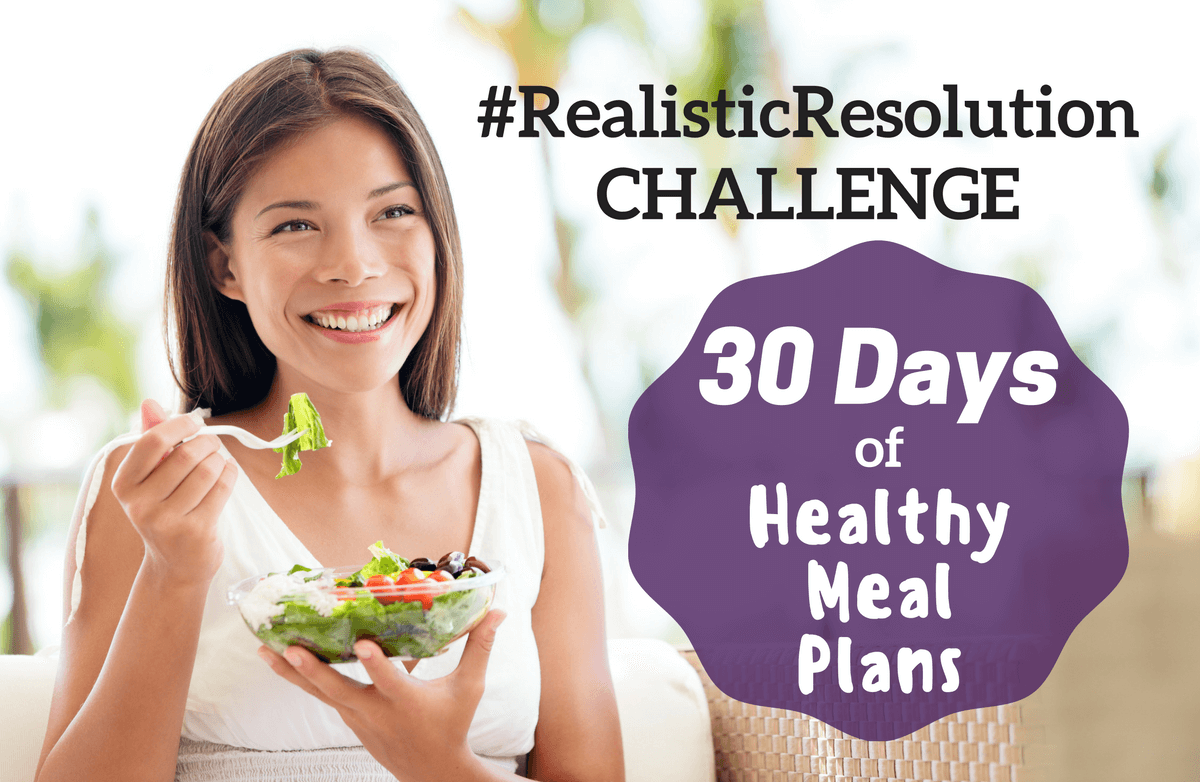By TONKA14,
SparkPeople Blogger
1/4/2010
Winter has officially just arrived but there have already been countrywide weather related issues that have changed plans, caused need to rush to the store as well as panic. At the same time, the unemployment rate is high, budgets are tight, and there is constant talk about the need to eat healthier.
Recently I have seen ads for special companies and services to buy long-term emergency food insurance or shelf stable emergency food kits to help your family be prepared for whatever may come. Building a stockpile takes time but the right approach can get you started in a cost effective and health conscious manner. Here are some basic tips to help as you start a stockpile in the New Year.
- Establishing a stockpile will be easier if you have what you need on hand, which will also simplify the task and allow you to build a well-stocked and nutrient rich supply of food and non-perishable supplies for your family. A chest freezer is very important but the size necessary will depend on the size of your family as well as how much food you want to store. If you garden or have fruit trees available to you, canning supplies can be helpful as well. Now is the time you can find bargains on these types of items so you will want to be on the lookout. Before fresh produce was available year-round in supermarkets, a root cellar was an important part of many homes. My grandparent's home had one as well as a "canning kitchen" in the basement where my grandmother would prepare their winter supply from the summer labors in her garden. If building a root cellar or learning the canning process is not for you, perhaps food dehydration is. A food dehydrator can allow you to preserve many types of fresh produce as well as some types of meat. Shelf storage space will be important for stockpiling as well. Be sure you have space in a clean, dry, cool place to ensure proper food safety.
Know What You Need - Every individual and family is different when it comes to likes, dislikes and food preferences. You can find a terrific price on black-eyed peas but if no one in your family likes them and they will go unused, it would be nothing more than a waste of money and shelf storage space. Likewise, you can want to stockpile a lot of food and supplies but if you don't have the appropriate space to do it, food can go to waste as well as the money and time used to attempt to stockpile it. Some of the best types of food to stockpile include those that all in your family enjoy and can eat such as non-perishable ready-to-eat foods, dried foods, and protein bars. One question many people have relates to how much is right to stockpile if you have the space for as much as you need. Some of it depends on you, what you are most comfortable with and able to maintain efficiently. Typically, it can be anywhere from a three month supply to a three week supply. The Department of Homeland Security recommends all families store at least a three-week supply of non-perishable foods and supplies. There are also online food storage calculators that can help you determine how much is necessary for your family.
Know How Much You Can Spend - Remember you are building a stockpile for the unknown future but it is important to do it in as cost effective manner as possible. Building your stockpile should not be at the detriment of your monthly budget or nutrition plan. Know how much you are able to spend each week or month, as you are intentional about adding to your stockpile. Shop sales in the stores you visit so you are buying what you need below regular price. Use coupons on sale items whenever possible for additional savings. Take advantage of BOGO (buy one, get one) opportunities especially for the foods you use most often. Use the first for your weekly or monthly needs while putting the free item in your stockpile storage. Take advantage of warehouse shopping when it provides you with the lower cost option for regular needs and stockpile supplying.
Keep Your Stockpile Supplies Rotated - Just as you need a process for rotating foods stored in the pantry, you also need one for food stored in your stockpile. There would be nothing worse than going to your stockpile in the case of an emergency and finding that some of what you thought you had was not usable or guaranteed safe. When I was growing up, my mother had a "blizzard box" ready and waiting each winter. When spring arrived, we would eat the contents of the winter supply and each fall my mother would re-stock her supply for the coming winter. In order to be sure you can stay on top of your stockpile rotation, it is best not to have more than a one-year stockpile supply for anything with an expiration date. Stock your food in a manner that will allow you to easily know expiration dates so the first in can easily be the first out as you rotate. When canning and freezing items, be sure to mark items appropriately. Home canned foods should be used within one year. Be sure to follow suggested frozen food guidelines which typically indicate fruits and vegetables are safe for 6 to 8 months, meats for 3 to 4 months, fish for 3 to 6 months, poultry for 6 to 9 months and processed meats for 1 to 2 months.
Remember Other Long-Term Storage Items - Food items are not the only thing you will want to remember to stockpile. You will also want to have other necessity items for the storage time you are preparing such as paper products, cleaning supplies, detergents, personal hygiene supplies, and water. You will also want to have a plan and appropriate storage for lighting whether that is from candles and matches or lighters or lanterns and batteries. Heating, cooling, and waste plans may also require storage space in your stockpile as well so think through your typical day-to-day life and be sure you are planning for all needs for yourself and your family.
You can use this printer friendly grocery stockpile list to help begin your planning. With careful planning and intentional efforts, it is easy and cost effective to build a stockpile of nutrient rich food and supplies so you will have what you need, whatever the reason you need it.
Have you thought about stockpiling before? Is it something you may consider for 2010?
|
|















